Home>Seasonal Storage>Where Did Easter Baskets Originate
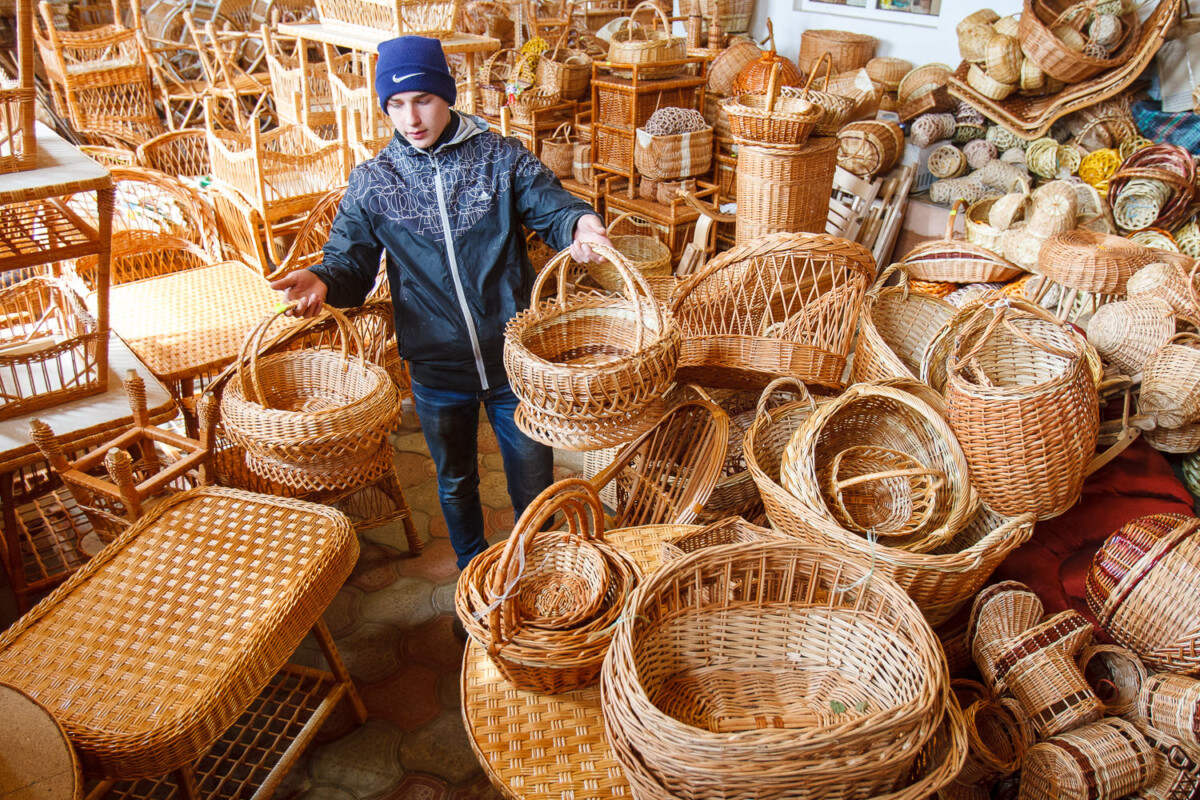

Seasonal Storage
Where Did Easter Baskets Originate
Modified: December 7, 2023
Discover the origins of Easter baskets and their connection to seasonal storage. Uncover the history and significance behind this cherished tradition.
(Many of the links in this article redirect to a specific reviewed product. Your purchase of these products through affiliate links helps to generate commission for Storables.com, at no extra cost. Learn more)
Introduction
Easter baskets have become an iconic symbol of the Easter holiday, filled with colorful eggs, chocolate treats, and other goodies. But have you ever wondered where this beloved tradition originated? In this article, we will delve into the fascinating history of Easter baskets, tracing their origins back to ancient times and exploring how they have evolved over the centuries.
The story of Easter baskets is intertwined with both pagan and Christian traditions, blending elements of fertility, rebirth, and religious symbolism. Understanding the origins of Easter baskets allows us to appreciate the deeper meaning behind this seemingly simple tradition, as well as how it has evolved into the modern-day symbol we know and love.
So, join us on this journey as we uncover the mystery behind Easter baskets and delve into the rich tapestry of history and cultural significance that surrounds them.
Key Takeaways:
- Easter baskets have a rich history, blending pagan and Christian traditions. They symbolize new life, hope, and abundance, evolving from ancient fertility symbols to modern-day holiday delights.
- The act of giving and receiving Easter baskets fosters love, generosity, and togetherness. They represent the joy and promise of new life, strengthening bonds and creating lasting memories.
Read more: Where Did Glass Blowing Originate
Origins of Easter Baskets
The origins of Easter baskets can be traced back to ancient times, long before the Christian celebration of Easter. In many ancient cultures, eggs were considered symbols of fertility and new life. They were often exchanged as gifts during the spring equinox, which marked the rebirth of nature after the long winter months.
Among the ancient Persians, Greeks, and Egyptians, eggs were dyed and decorated for various spring festivals. The eggs were then given as gifts to bring good fortune and abundance for the coming year. This tradition of exchanging decorated eggs laid the foundation for the creation of the modern-day Easter basket.
As Christianity spread throughout Europe, these pagan traditions became intertwined with the Christian celebration of Easter, which commemorates the resurrection of Jesus Christ. The early Christians adopted the symbol of the egg, associating it with the resurrection and the promise of new life in Christ.
Over time, the tradition of exchanging decorated eggs transformed into the practice of giving Easter baskets. The eggs were placed in baskets along with other symbolic items, such as bread, salt, and flowers.
In many European countries, it became customary to present the Easter baskets to children on Easter Sunday. The baskets were often filled with not only eggs but also sweets, toys, and small gifts. This tradition was believed to bring joy and blessings to the recipients, symbolizing the abundance and renewal that Easter represents.
Today, Easter baskets have become an essential part of the Easter celebration, especially in Western cultures. The baskets are typically filled with a variety of treats and gifts, ranging from chocolate eggs and candies to small toys and trinkets. They are often decorated with colorful ribbons, flowers, and other festive embellishments.
While the exact contents and designs of Easter baskets may vary from region to region, the underlying symbolism remains the same – a celebration of new life, hope, and abundance during the Easter season.
Ancient Origins
The ancient origins of Easter baskets trace back to the earliest civilizations that worshipped nature and celebrated the arrival of spring. In ancient Persia, for example, it was customary to exchange brightly colored eggs during the spring equinox festival called Nowruz. These eggs symbolized the rebirth of nature and were believed to bring good luck and prosperity.
Similarly, in ancient Greece, the people celebrated the arrival of spring with a festival known as Dionysia. During Dionysia, eggs were dyed in vibrant colors to represent the renewal of life. These eggs were then offered as gifts to friends and family members.
In ancient Egypt, eggs were associated with the sun god Ra and were often placed in tombs as a symbol of regeneration and eternal life. The ancient Egyptians also believed that the sun was reborn every morning, much like the eggs hatching new life.
As the practice of exchanging colorful eggs spread throughout different ancient cultures, the egg itself came to represent the circle of life and the cycle of rebirth. It was believed that by exchanging eggs, people were ensuring the continuity of life for themselves and their communities.
With the emergence of Christianity, the egg took on new symbolism. The Christian belief in the resurrection of Jesus Christ aligned perfectly with the concept of new life and rebirth associated with eggs. The egg became a powerful symbol of Christ’s resurrection and the promise of eternal life.
As Christianity spread across Europe during the Middle Ages, the practice of decorating eggs for Easter became widespread. It was during this time that the concept of Easter baskets began to take shape. Instead of simply exchanging eggs, people started to place the decorated eggs in baskets along with other gifts.
The use of baskets allowed for larger quantities of eggs to be collected and displayed in a more organized and decorative manner. Baskets made from natural materials, such as wicker or straw, were often used to hold the eggs. These baskets were then adorned with flowers, ribbons, and other adornments to enhance their beauty and significance.
Thus, the ancient origins of Easter baskets not only reflect the pagan traditions of celebrating spring and fertility but also the evolving Christian beliefs surrounding the Easter season. The combination of these ancient rituals and Christian symbolism laid the foundation for the beloved tradition of Easter baskets as we know them today.
Pagan Traditions
Before the arrival of Christianity, pagans celebrated various spring festivals that centered around the themes of fertility and renewal. These traditions played a significant role in shaping the customs and rituals associated with Easter baskets.
One such pagan tradition was the celebration of Ostara, which honored the Germanic goddess of spring and fertility. During Ostara, which coincided with the Vernal Equinox, people would gather to welcome the arrival of spring and the rebirth of nature.
Eggs were a central symbol of Ostara festivities, representing fertility and new beginnings. They were often decorated using natural dyes made from plants and were given as offerings to the goddess in hopes of ensuring a bountiful harvest and fertile livestock.
Another pagan tradition that influenced the practice of Easter baskets originated from the Anglo-Saxon goddess Eostre, whose festival was held in the spring. Eostre’s symbols included rabbits and eggs, both representing fertility and abundance.
As Christianity spread, many of these pagan customs were integrated into the Easter celebration, with the focus shifting from worshipping fertility goddesses to celebrating the resurrection of Jesus Christ. The symbolism associated with eggs and bunnies gradually became associated with the Christian meaning of new life and rebirth.
The practice of exchanging eggs during spring festivals also carried over into Christian Easter traditions. Rather than being offerings to pagan deities, these eggs were now seen as symbols of the empty tomb of Jesus and his resurrection from death.
Over time, the pagan traditions of Ostara and Eostre merged with Christian beliefs, resulting in the incorporation of eggs, rabbits, and baskets into Easter celebrations. This fusion of customs created a unique blend of symbolism that is still present in modern Easter festivities.
Easter baskets, in particular, became a way to hold and present the decorated eggs. They served as vessels to carry and display the eggs, adding an element of joy and surprise to the celebration. The baskets were often adorned with flowers, ribbons, and other ornaments to further enhance their aesthetic appeal.
Even though the pagan origins of Easter baskets may have gradually faded into the background, the influence of these ancient traditions can still be felt in the continued use of eggs, bunnies, and baskets during the Easter holiday.
The tradition of Easter baskets can be traced back to the pagan festival of Eostre, where people would fill baskets with eggs and other offerings to celebrate the arrival of spring. This tradition was later adopted by Christians as a way to celebrate Easter.
Christian Adoption
With the rise of Christianity, the practice of celebrating Easter took on a new significance. Christians began associating the holiday with the resurrection of Jesus Christ, marking the triumph over death and the promise of eternal life.
As Christianity spread throughout Europe, Christian leaders sought to reconcile and integrate existing pagan traditions with their newfound faith. This adaptability and willingness to adopt local customs played a role in the Christian adoption of Easter baskets.
The early Christian Church recognized the symbolism of eggs as representations of new life and rebirth, which aligned with the Easter message of Christ’s resurrection. Eggs became a powerful symbol of the empty tomb and the hope of eternal life through faith in Jesus.
During the early days of Christianity, many Christians abstained from eating eggs during the period of Lent leading up to Easter. Lent was a time of fasting and penance, and eggs were considered a luxury and forbidden food during this period.
However, as Easter approached and the Lenten fast came to an end, eggs were once again consumed, often with great celebration and joy. The eggs were boiled, dyed, and decorated to distinguish them as special Easter eggs.
These decorated eggs were then given as gifts to friends, family, and members of the community to celebrate the joyous occasion of Christ’s resurrection. The act of giving eggs symbolized sharing in the abundant new life that Jesus brought through his resurrection.
Over time, the practice of giving Easter eggs evolved into the tradition of placing them in baskets. Baskets became a convenient and practical way to gather and carry the eggs. They also provided a means to create an attractive and decorative presentation for the eggs.
As the custom of exchanging Easter eggs in baskets gained popularity, it became customary to include other treats and gifts in the baskets. These additional items symbolized the abundance and blessings associated with the Easter season.
Throughout history, different regions and cultures developed their own unique variations of Easter baskets, incorporating local customs, foods, and traditions. The diversity of Easter basket traditions showcases the richness and adaptability of the Easter holiday.
Today, the Christian adoption of Easter baskets continues to be a cherished tradition. The baskets represent the joy and abundance of new life found in the resurrection of Jesus Christ. They serve as a reminder of the hope and promise that Easter brings to Christians around the world.
Read more: Where Did Hot Pot Originate From
Evolution of Easter Baskets
Over the centuries, Easter baskets have evolved from simple vessels for holding eggs to elaborate and decorative symbols of the Easter holiday. The evolution of Easter baskets can be traced through the influence of different cultures, customs, and societal changes.
In the early days of Easter baskets, the focus was primarily on the eggs themselves. Eggs were dyed and decorated using natural materials such as onion skins, herbs, and flowers. These decorated eggs were then placed in baskets, often made from simple materials like straw or wicker.
As time went on, the practice of giving Easter baskets expanded beyond just eggs. Additional treats and gifts started to be added to the baskets, reflecting the abundance and joy of the Easter season.
In Western cultures, chocolate eggs and candies became popular additions to Easter baskets. The tradition of giving chocolate eggs is believed to have originated in the 19th century when chocolate-making techniques became more advanced and affordable.
During this time, the concept of the Easter Bunny also gained prominence. The Easter Bunny, a symbol of fertility and abundance, was said to deliver eggs and treats to children’s homes on Easter Sunday. This led to the inclusion of small toys, books, and other gifts in Easter baskets, expanding their appeal beyond just edible treats.
In some cultures, such as Germany and Russia, elaborately decorated egg-shaped containers made of porcelain, glass, or other materials replaced traditional baskets. These ornate containers, known as Fabergé eggs or Easter egg toys, were highly prized and cherished as collectors’ items.
The commercialization of Easter in the 20th century further influenced the evolution of Easter baskets. Department stores and candy manufacturers began producing pre-made Easter baskets filled with a variety of treats and toys. This made the tradition more accessible and convenient for families who may not have had the time or resources to create their own baskets.
Today, Easter baskets come in various shapes, sizes, and designs, catering to different preferences and traditions. They can be custom-made or purchased ready-made, filled with a wide range of items from chocolates and candies to stuffed animals and games.
Furthermore, there has been a growing emphasis on eco-friendly and sustainable Easter baskets. Many individuals now opt for baskets made from recycled materials or natural fibers, reducing the environmental impact associated with producing and disposing of traditional baskets.
As society continues to evolve, so too will the traditions surrounding Easter baskets. However, the underlying symbolism of new life, hope, and abundance will remain at the core of this beloved tradition.
Modern Symbolism
While Easter baskets have evolved over time, their symbolism continues to hold deep meaning in modern times. These baskets have become more than just vessels for holding eggs and treats; they now represent various aspects of the Easter celebration.
One of the prevalent symbols associated with Easter baskets today is the egg. Eggs are universally recognized as a representation of new life and rebirth. In Christianity, the eggs symbolize the empty tomb of Jesus and his resurrection. The act of decorating and exchanging eggs signifies the joy and celebration of Christ’s triumph over death.
Another symbol often found in modern Easter baskets is the Easter bunny. The bunny, known for its fertility and prolific breeding, has become an emblem of new life and abundance. In many cultures, the Easter bunny is believed to deliver Easter eggs and treats to children, bringing joy and excitement to the holiday.
The inclusion of chocolates and candies in Easter baskets also carries symbolic significance. These sweet treats represent the sweetness and joy of the Easter season. The indulgence in these treats symbolizes the celebration and feasting that often accompanies Easter festivities.
Additionally, the act of giving and receiving Easter baskets fosters a sense of love, thoughtfulness, and generosity. It is a way to show care and affection towards friends, family members, and loved ones. The act of preparing and presenting a thoughtfully curated Easter basket is a gesture that is appreciated and cherished.
Moreover, the act of gathering and sharing Easter baskets has become a tradition that strengthens bonds and creates lasting memories. Families gather together to exchange Easter baskets, creating an atmosphere of joy and togetherness. This shared experience fosters a sense of community and unity.
The modern symbolism of Easter baskets also extends beyond the religious aspects of the holiday. They represent the arrival of spring, with its promise of growth and renewal. The vibrant colors and floral decorations often found in Easter baskets reflect the beauty and abundance of nature during this season.
In recent years, there has been a growing emphasis on sustainability and eco-consciousness in Easter celebrations. Many individuals opt for eco-friendly Easter baskets made from recycled materials or natural fibers. This shift reflects a commitment to caring for the environment and minimizing waste.
Overall, modern Easter baskets encapsulate a multitude of symbols and meanings. They are an expression of faith, joy, love, and togetherness. Whether filled with sweets, toys, or religious symbols, Easter baskets continue to bring delight and hold significant symbolism in the celebration of Easter.
Conclusion
Easter baskets have a rich and fascinating history that spans centuries and cultures. From their ancient origins as symbols of fertility and new life to their adoption by the Christian faith as a representation of Christ’s resurrection, Easter baskets have evolved into cherished symbols of the Easter holiday.
Throughout history, Easter baskets have undergone changes and adaptations, influenced by various traditions and customs. The inclusion of eggs, chocolates, and toys in modern Easter baskets reflects the joy and abundance associated with the Easter season.
However, at the heart of Easter baskets lies a deeper symbolism. They represent the hope and promise of new life, the triumph over darkness and death. The act of giving and receiving Easter baskets fosters a sense of love, generosity, and togetherness within families and communities.
As we journey through the history of Easter baskets, we see how the traditions and symbols have merged and evolved, reflecting both pagan and Christian influences. The symbolism of eggs as representations of new beginnings, the Easter bunny as a symbol of abundance, and the joyous act of gifting and receiving baskets all contribute to the richness and depth of the Easter holiday.
Today, Easter baskets continue to be an integral part of Easter celebrations, bringing delight to children and adults alike. Whether filled with treats, gifts, or religious symbols, these baskets serve as a reminder of the hope and renewal that Easter brings.
As our society becomes more conscious of sustainability and environmental impact, we may see further evolution in the materials and contents of Easter baskets. However, the core symbolism will remain steadfast, reminding us of the enduring traditions and values associated with this beloved holiday.
So, as you enjoy the festivities of Easter, take a moment to appreciate the history and symbolism behind the Easter basket. Whether you receive a basket filled with colorful eggs, candies, or personal mementos, remember that it represents a celebration of new life, hope, and the enduring spirit of Easter.
Frequently Asked Questions about Where Did Easter Baskets Originate
Was this page helpful?
At Storables.com, we guarantee accurate and reliable information. Our content, validated by Expert Board Contributors, is crafted following stringent Editorial Policies. We're committed to providing you with well-researched, expert-backed insights for all your informational needs.
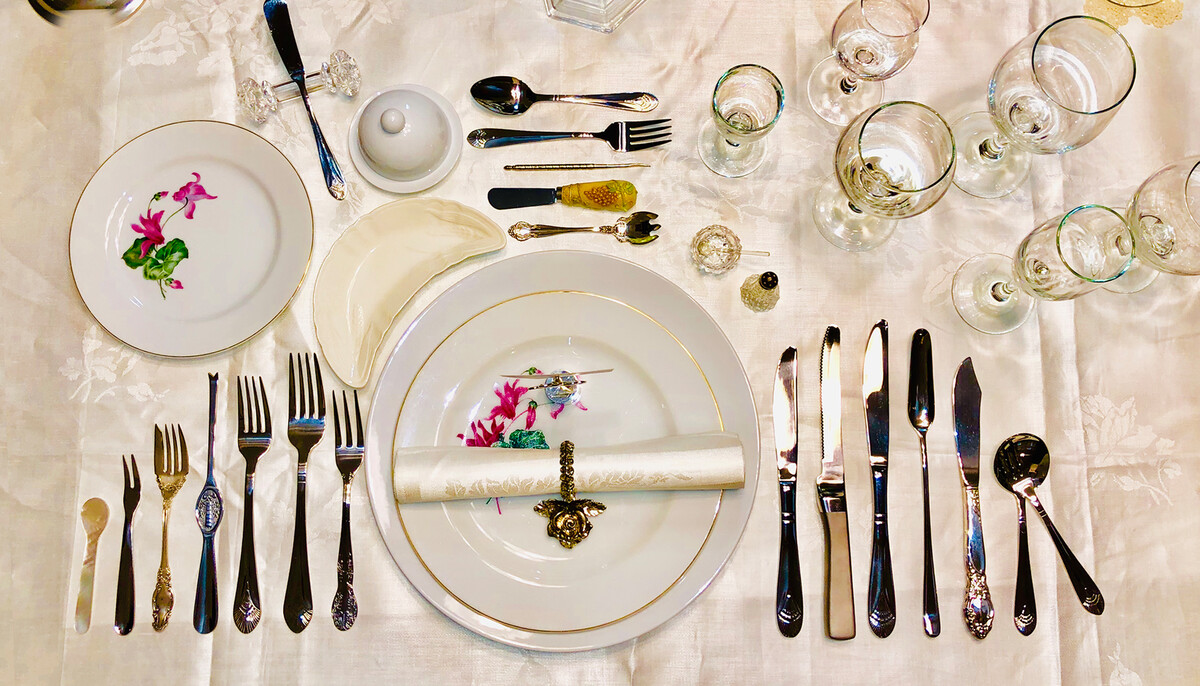
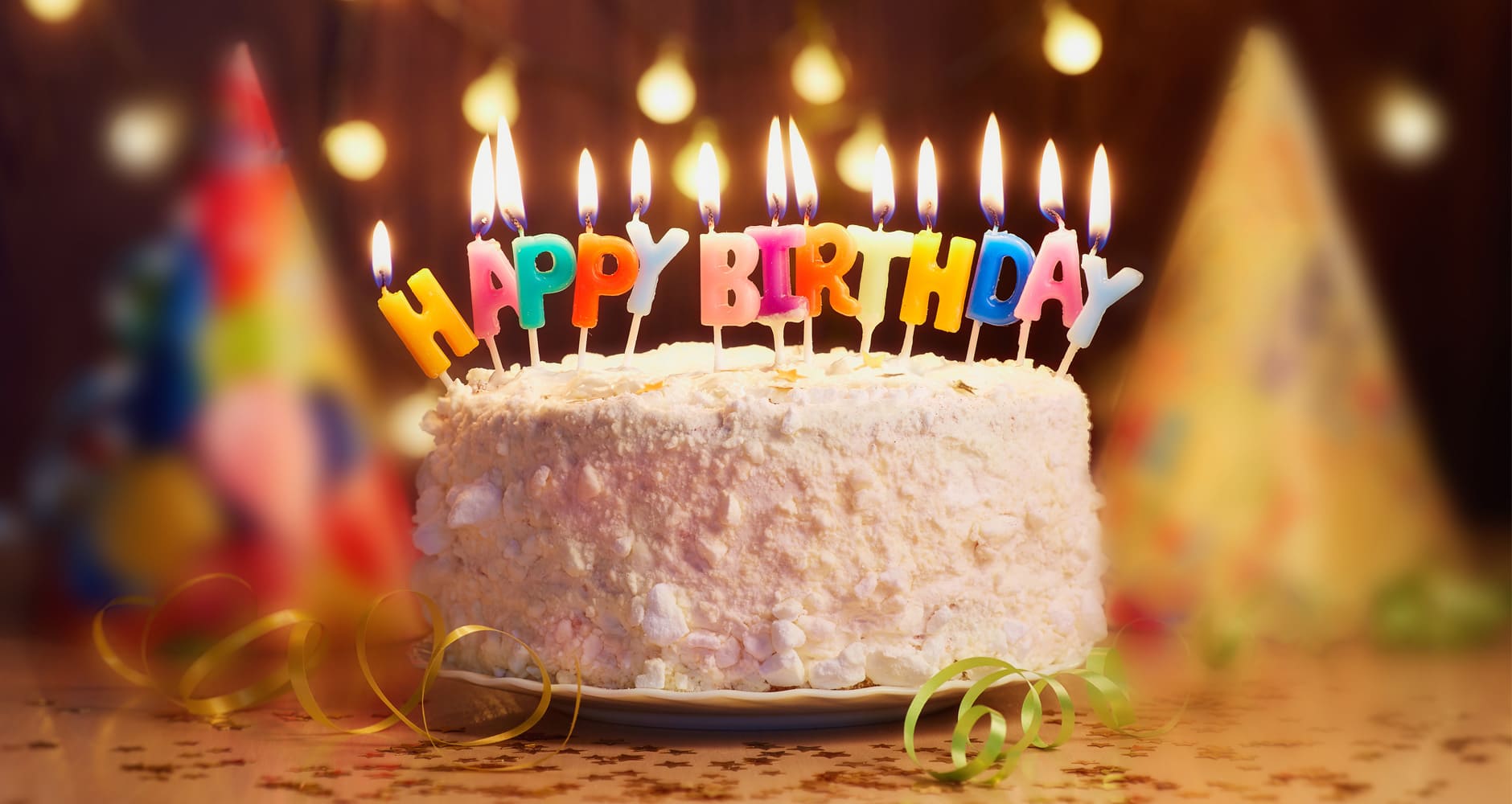
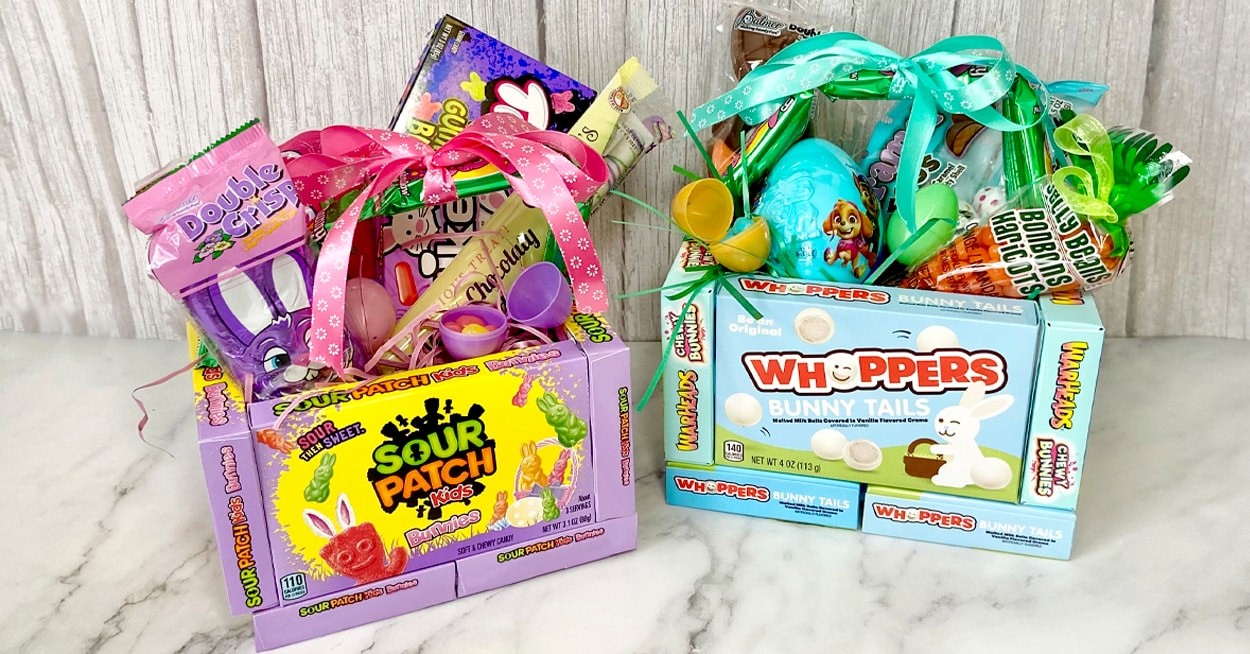
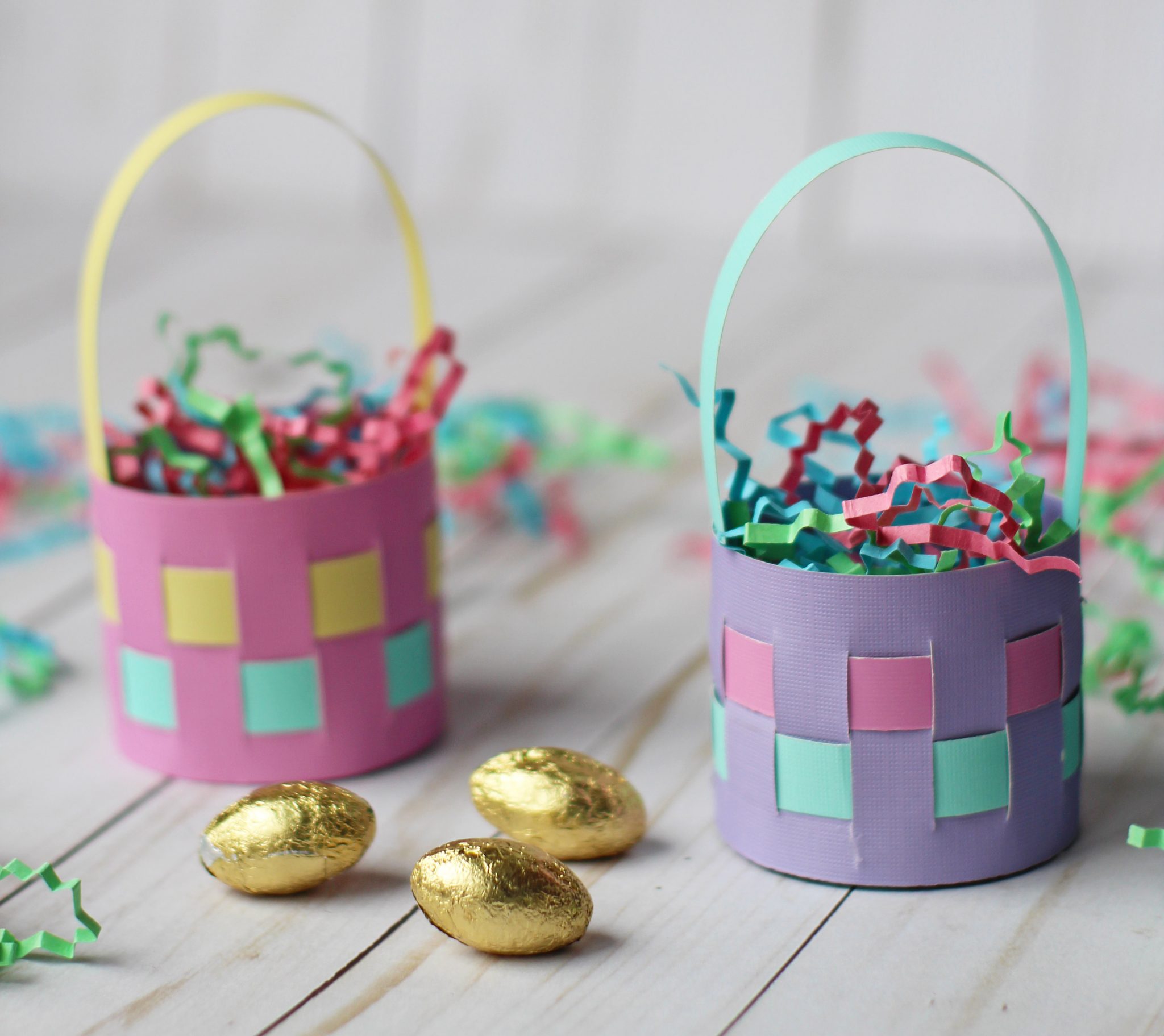

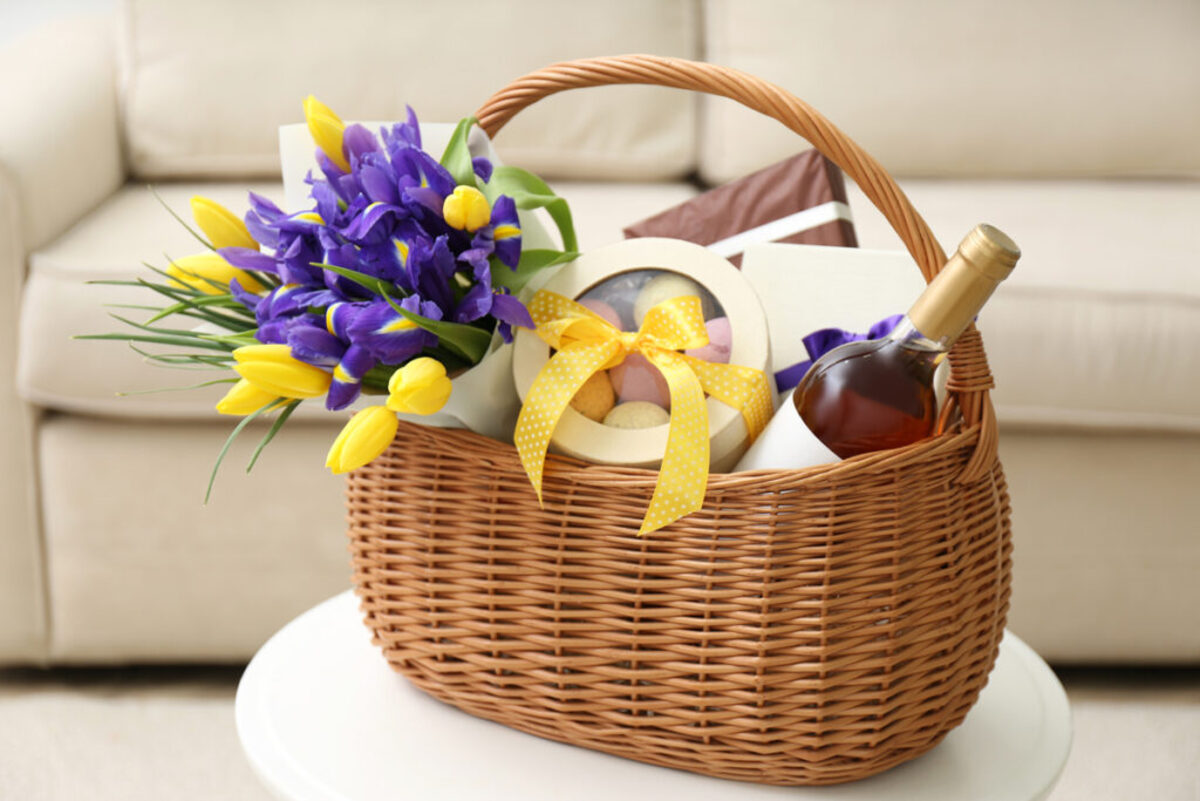
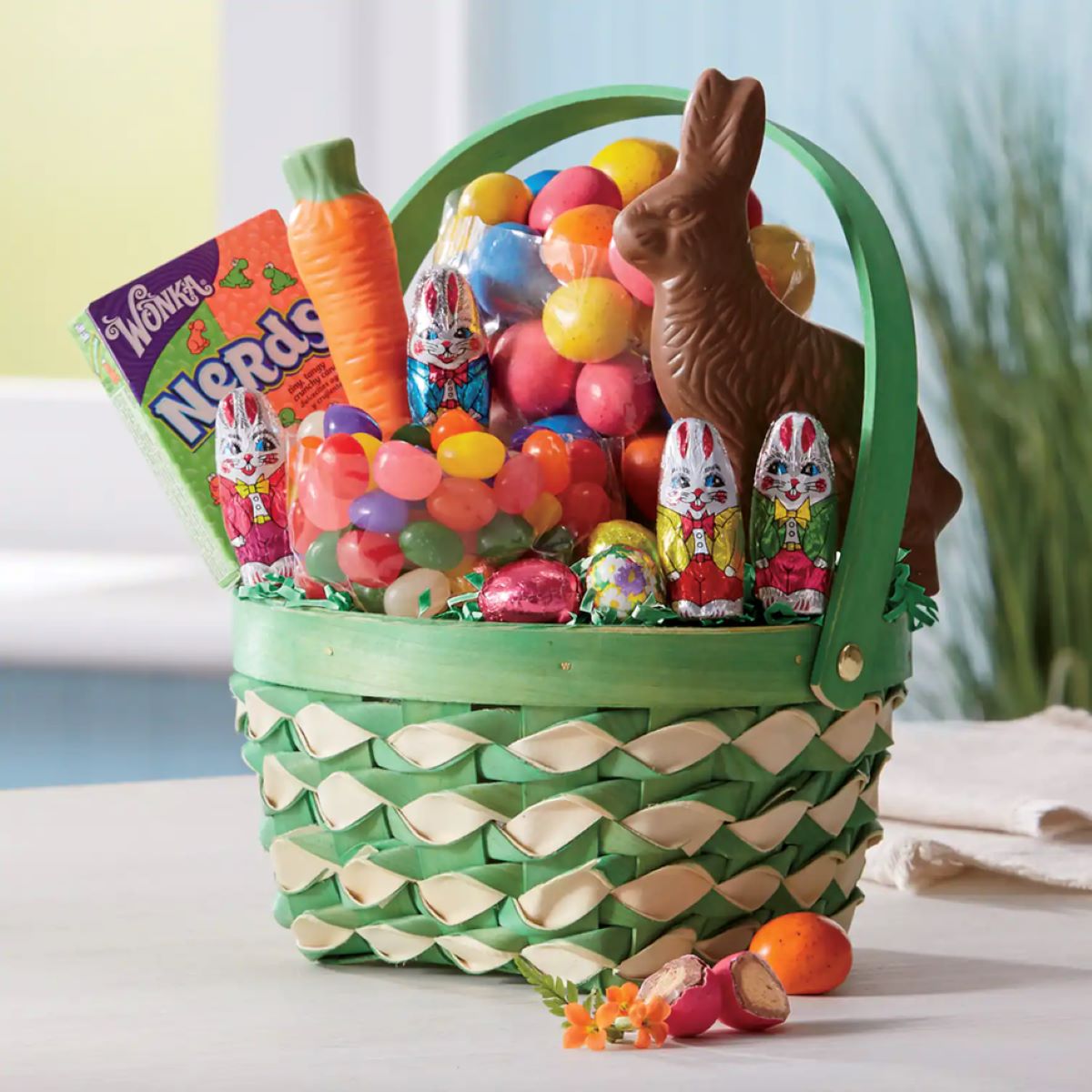
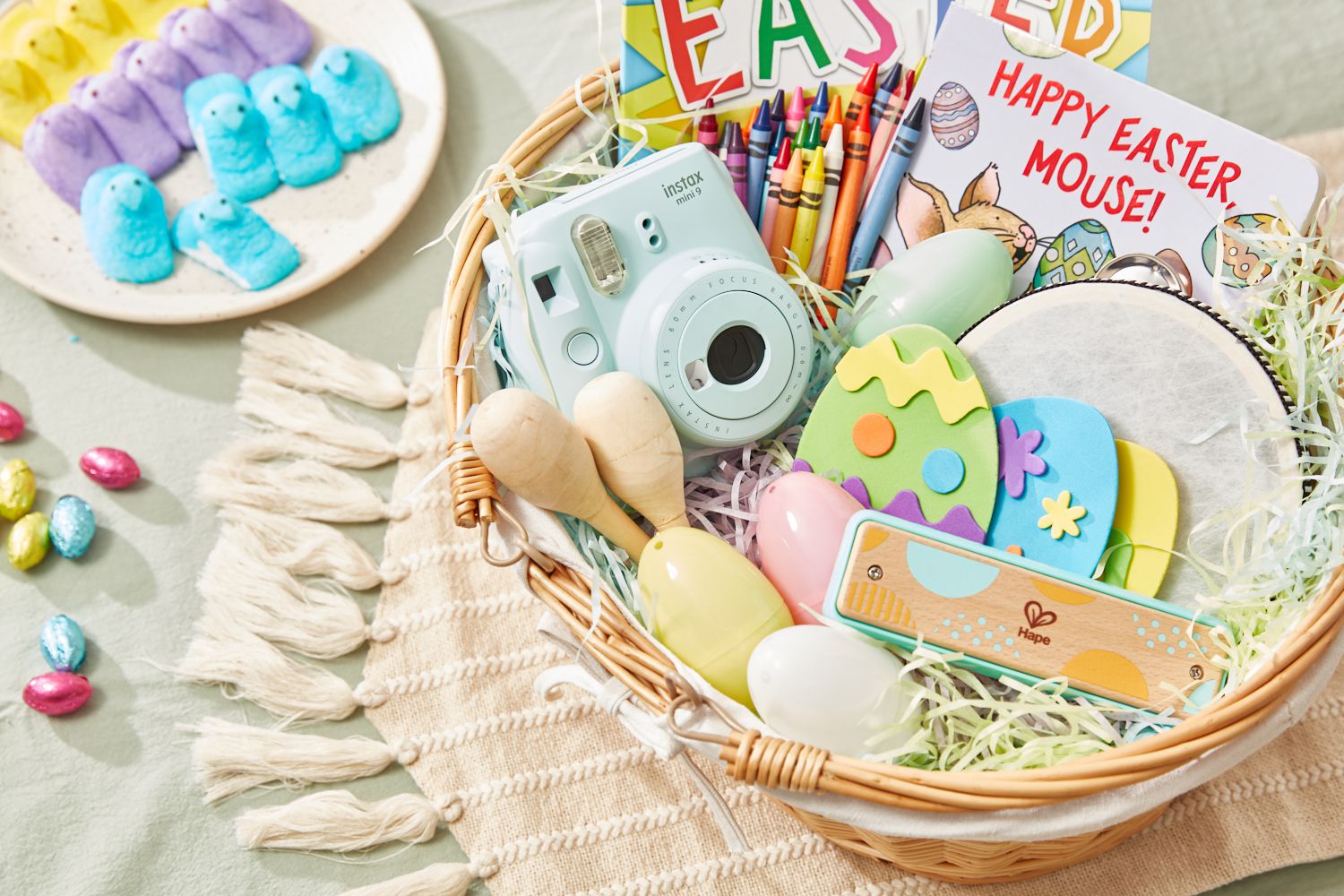
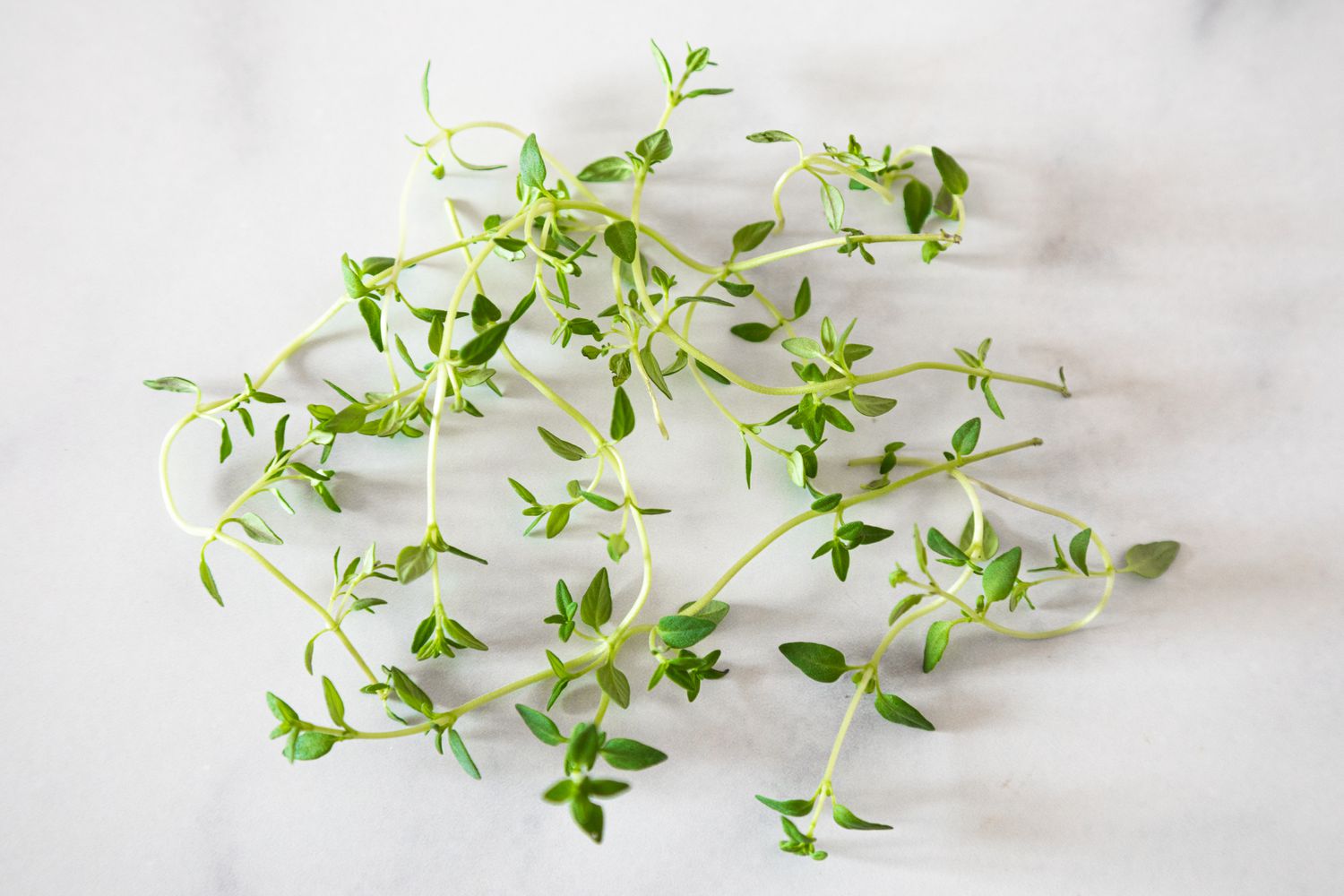
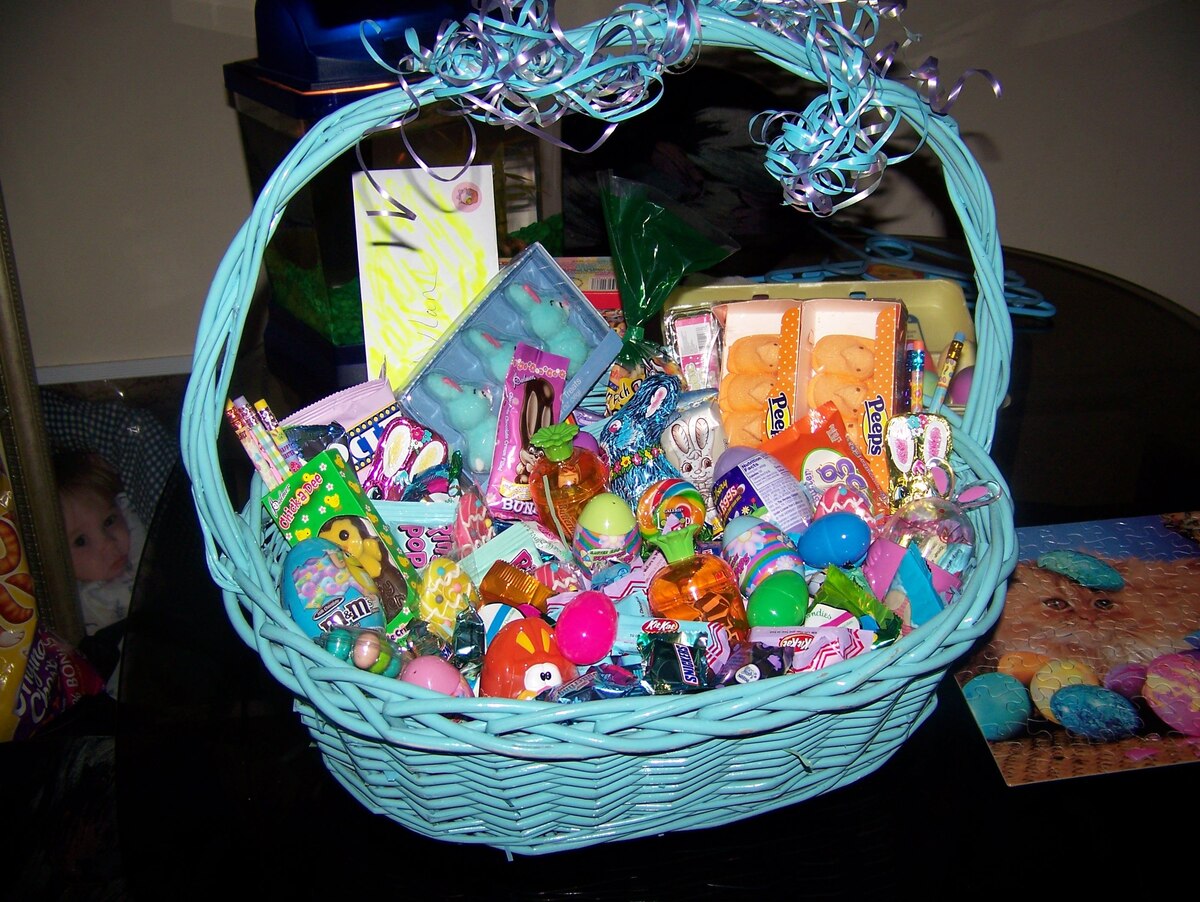
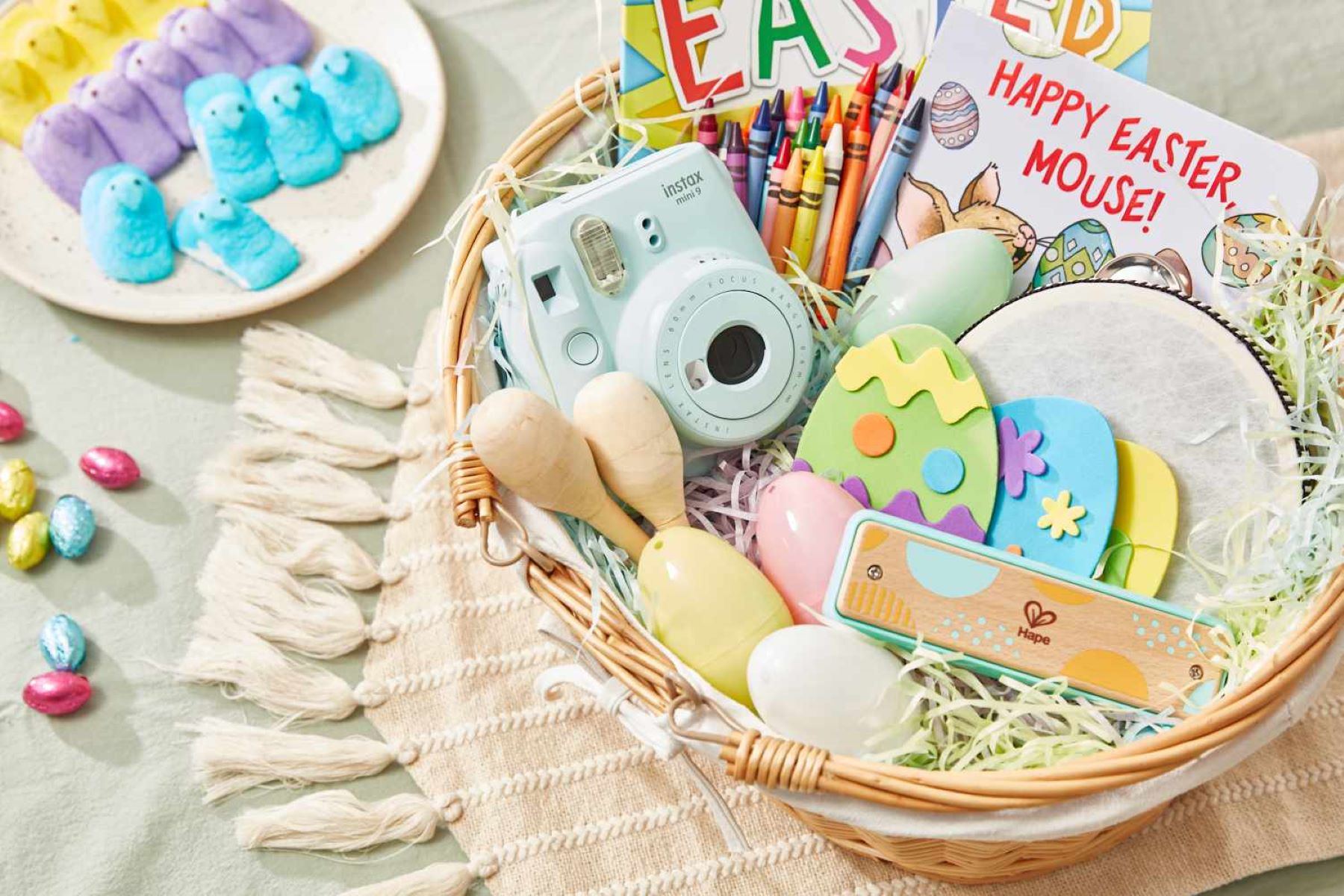
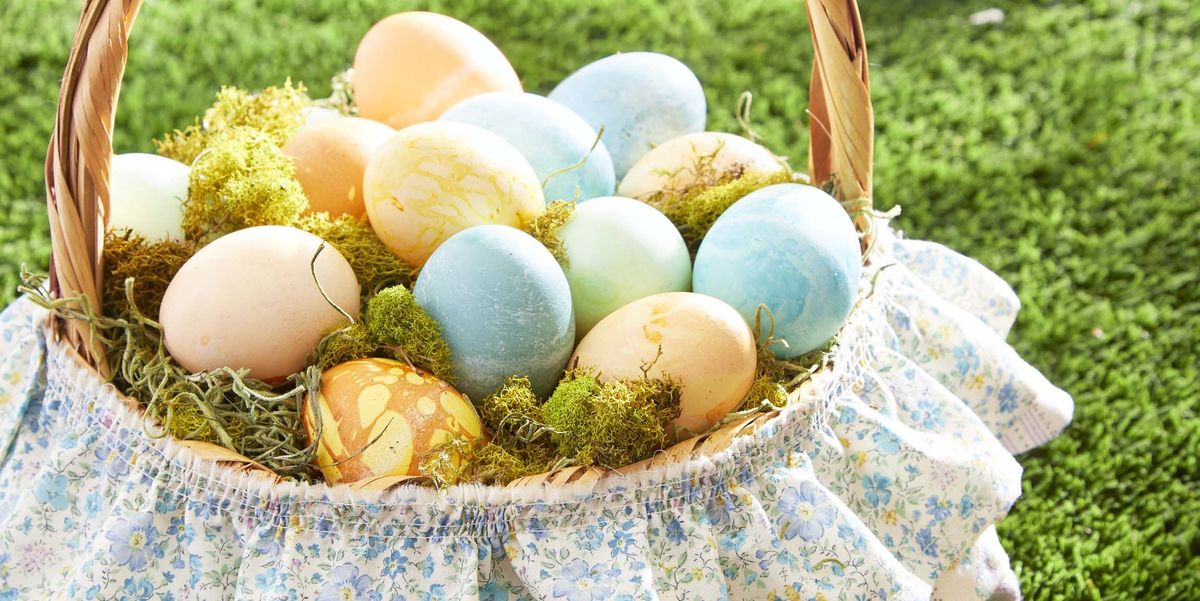
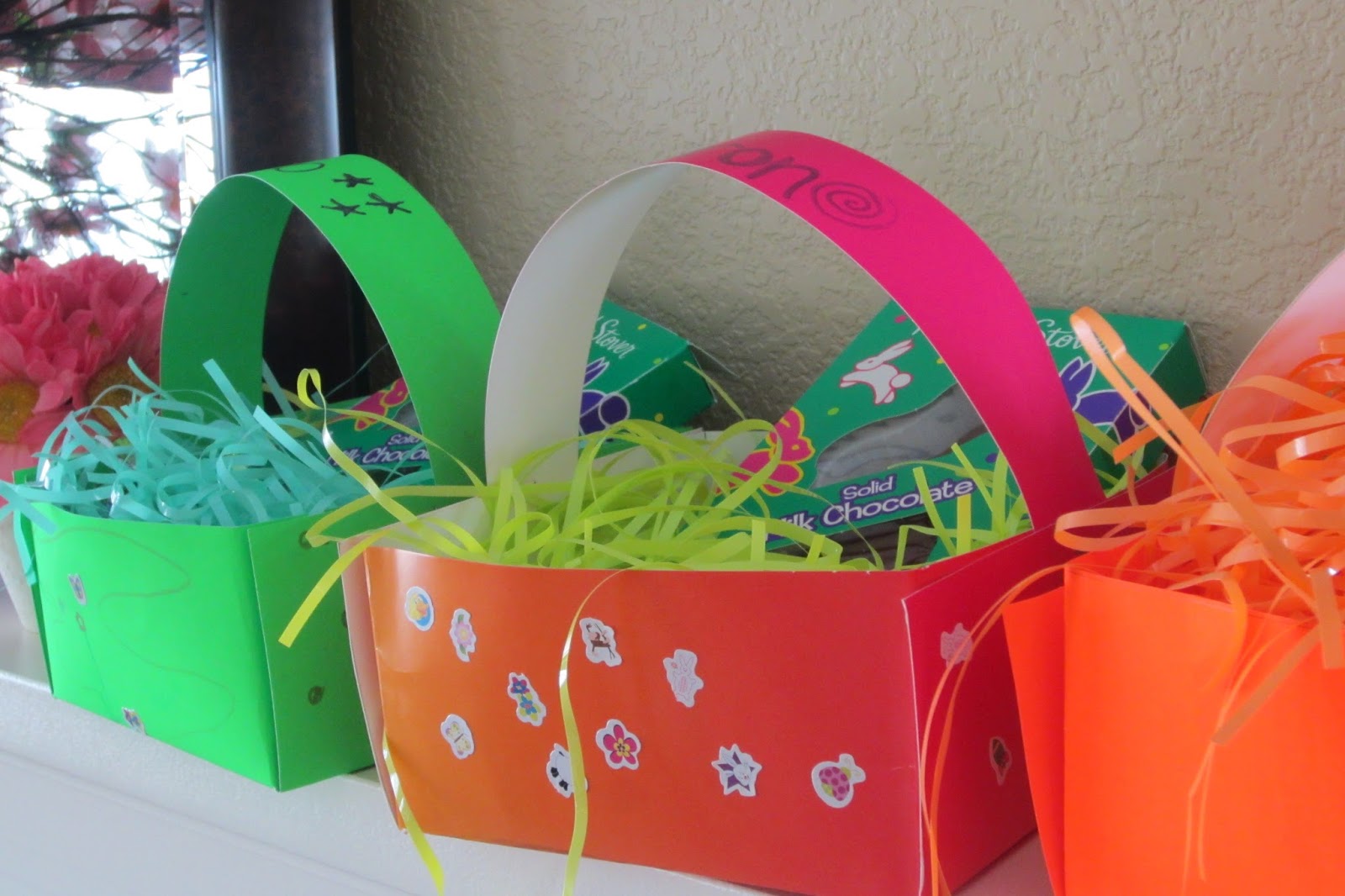
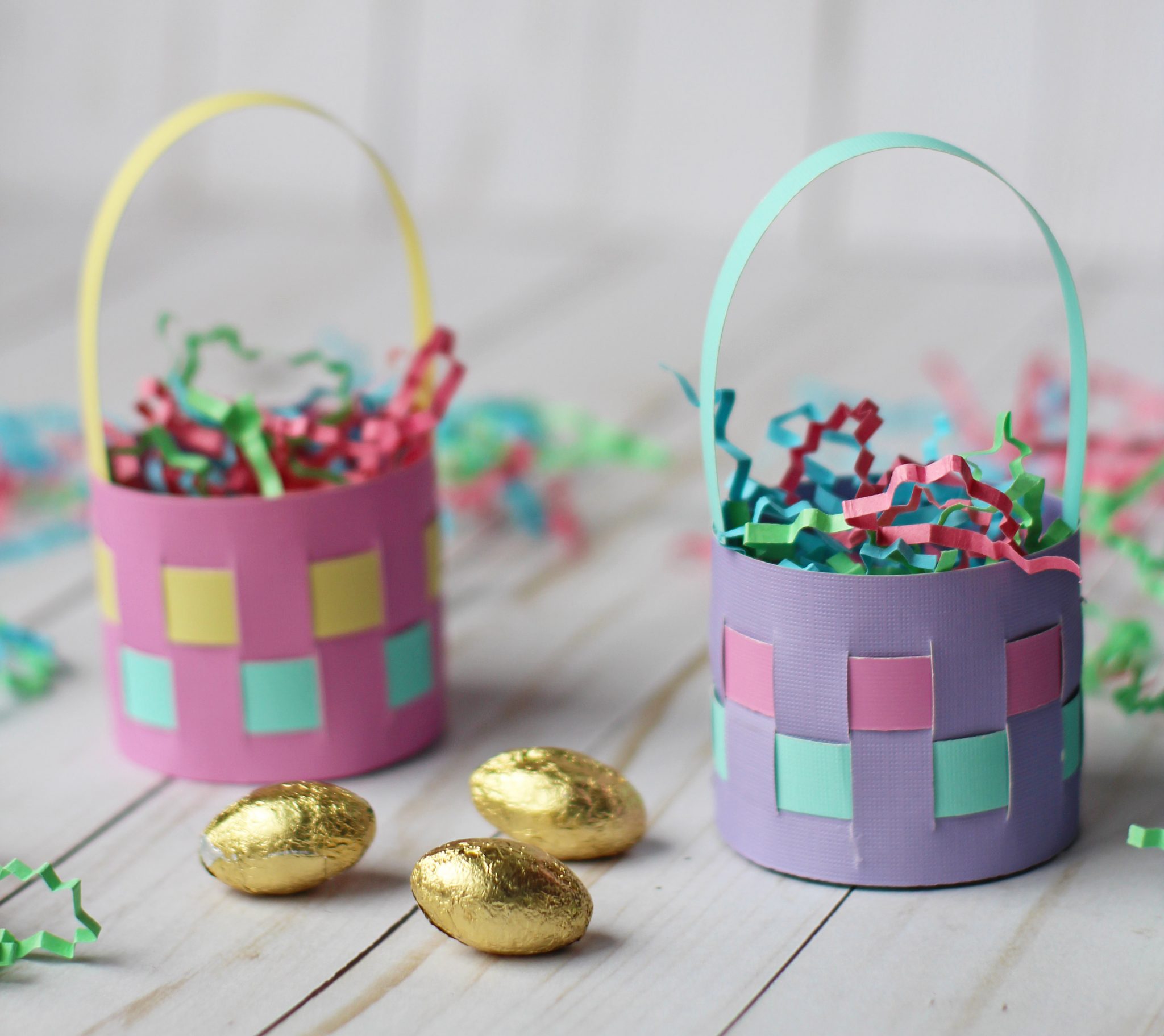

0 thoughts on “Where Did Easter Baskets Originate”